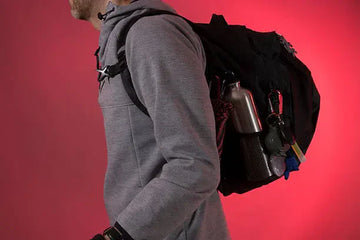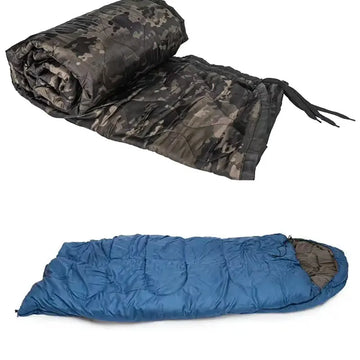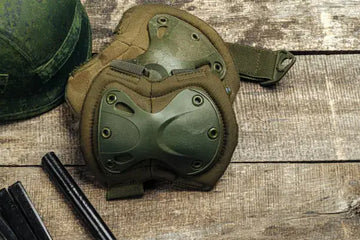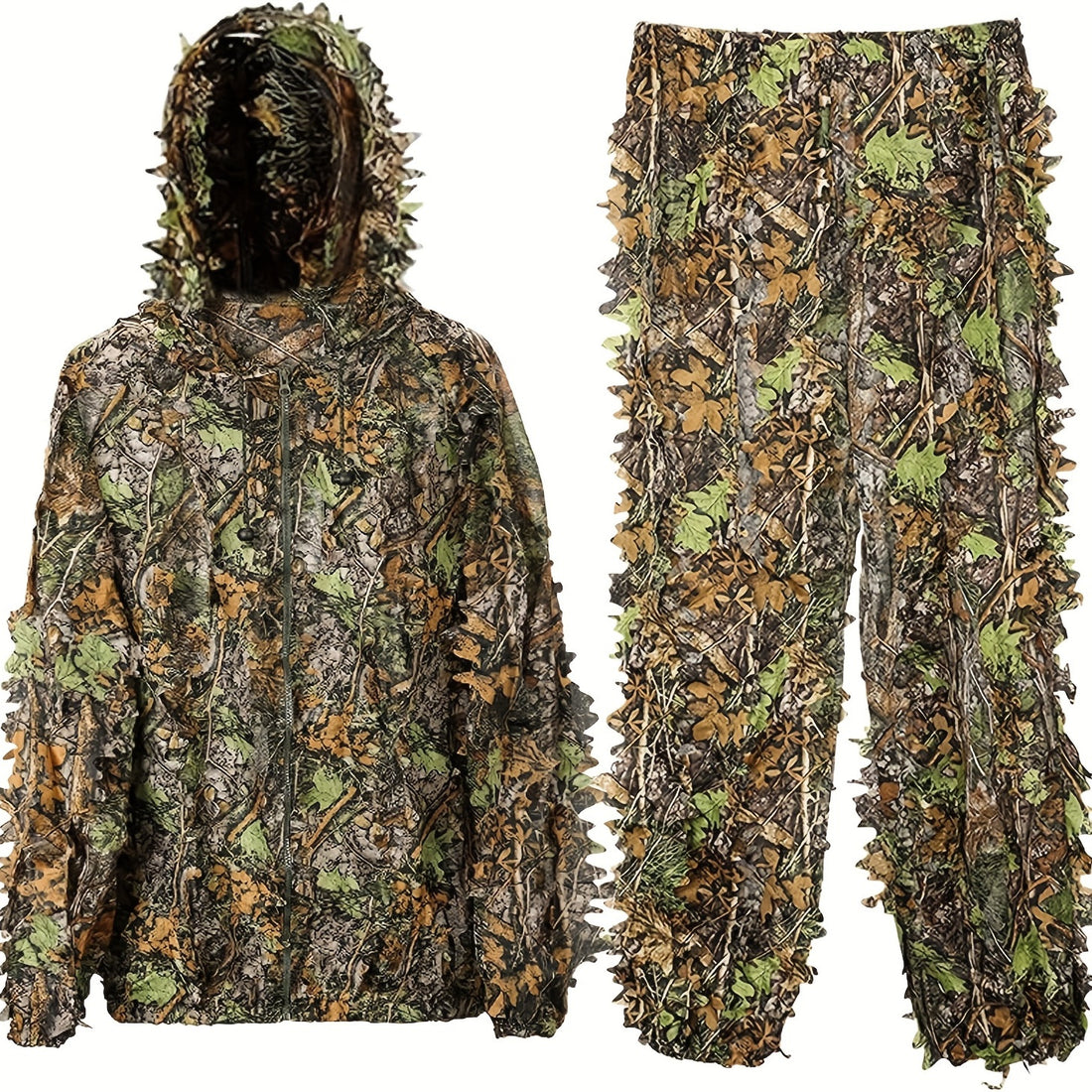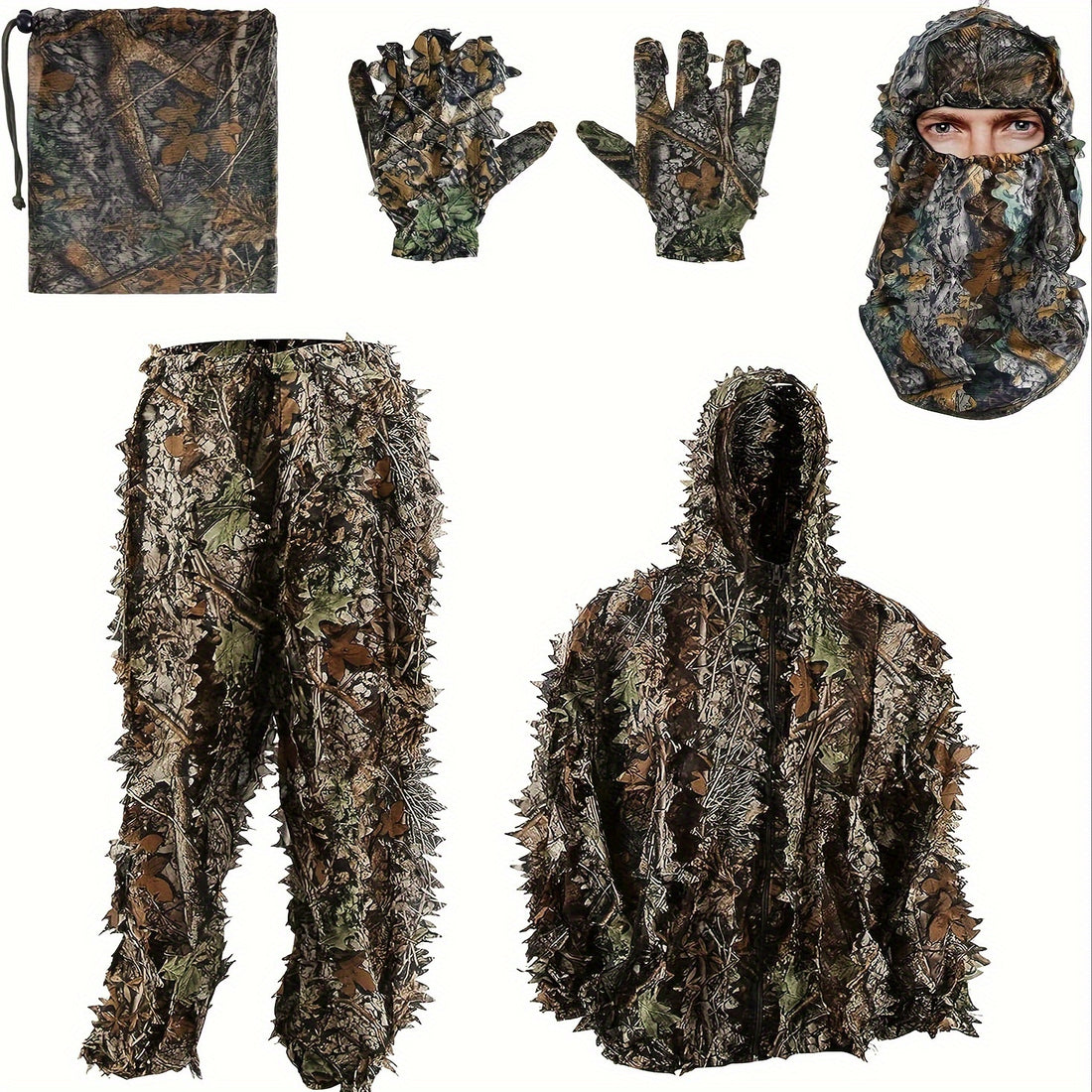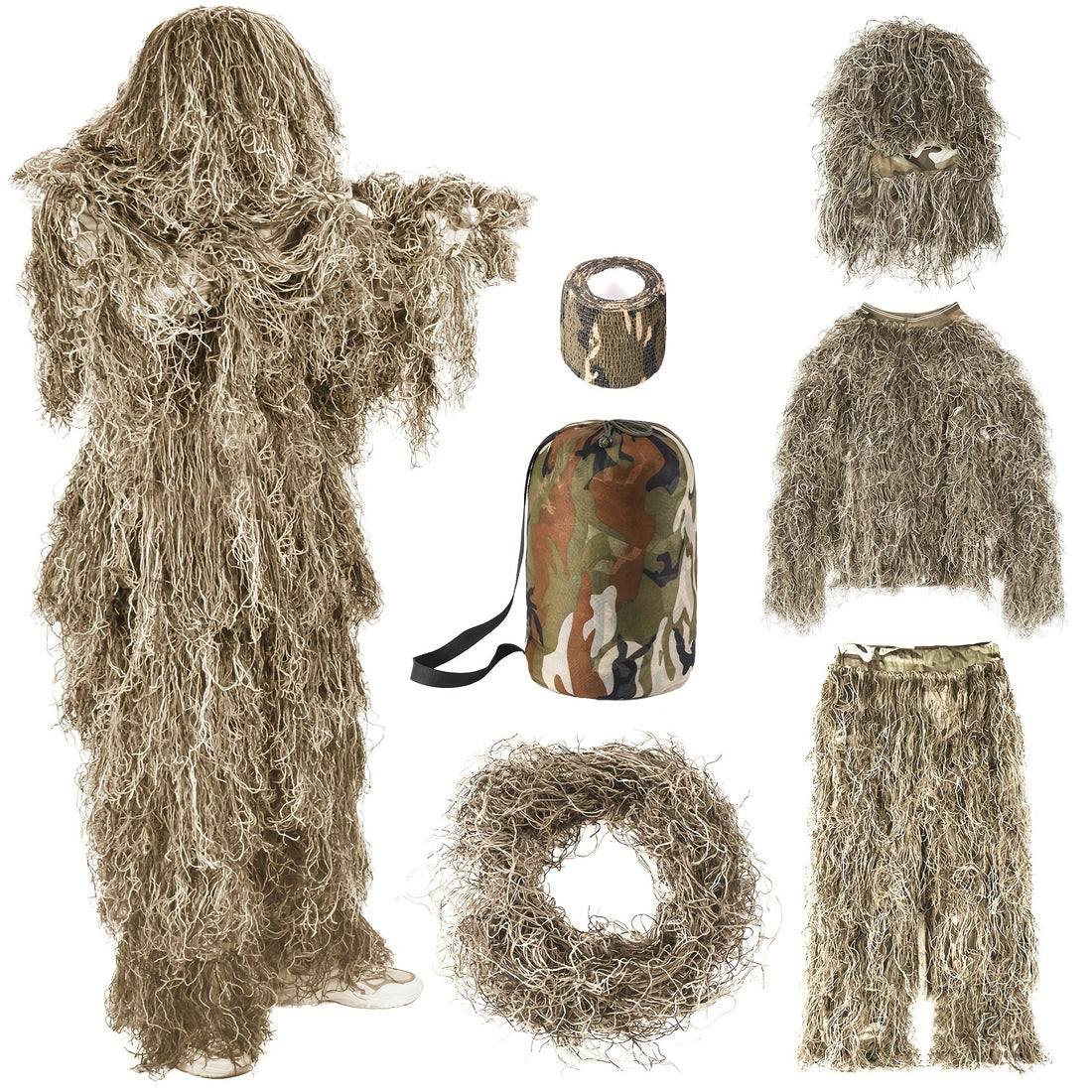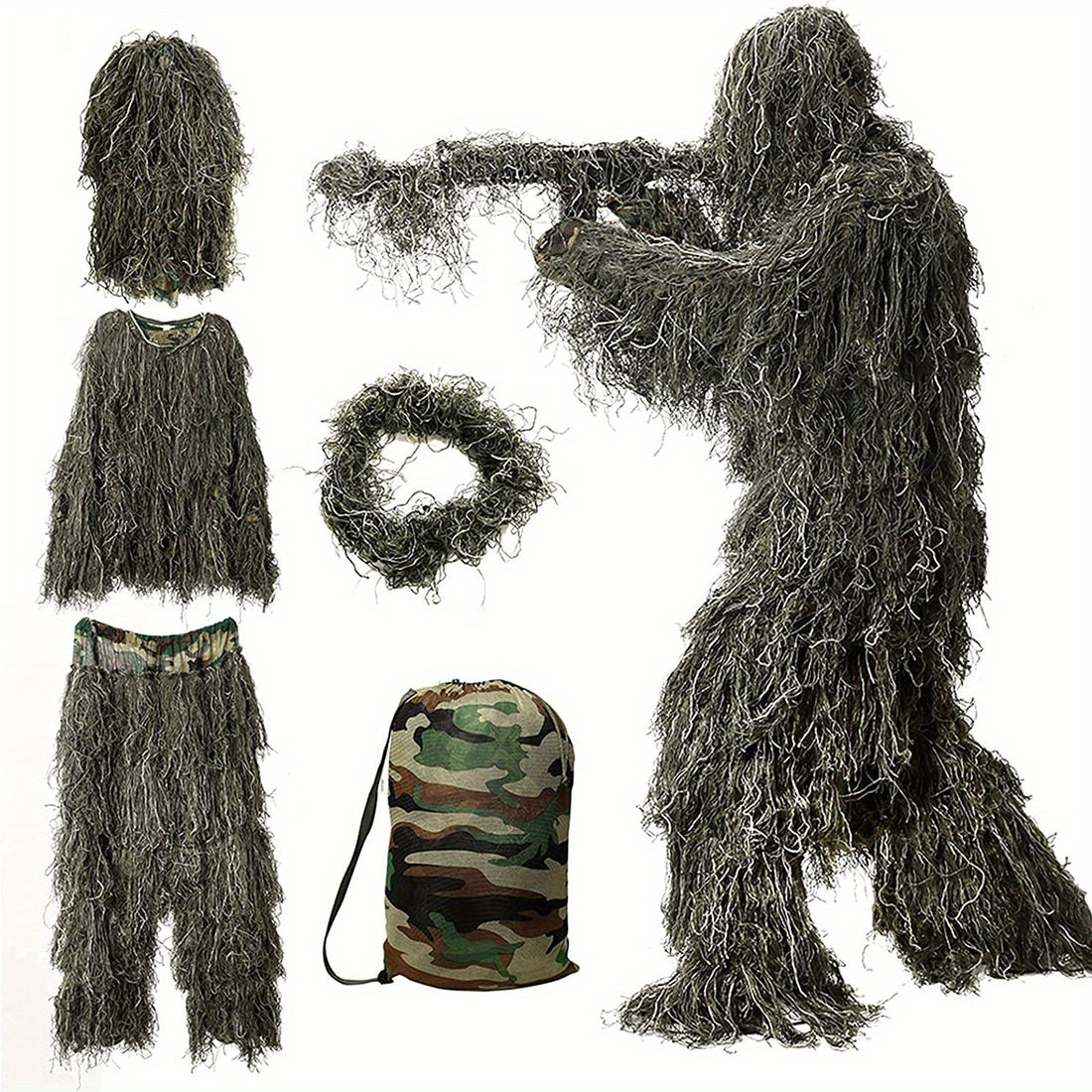What is a bug out bag?
A bug out bag, also known as a go bag or 72-hour bag, is a portable kit that contains all the essential items you would need to survive for at least 72 hours during an emergency situation. It is designed to be easily accessible and quickly grabbed when you need to evacuate your home or workplace.
Why do you need a bug out bag?
Having a bug out bag is important because you never know when a disaster or emergency might strike.
It could be a natural disaster such as a hurricane, earthquake, or flood, or it could be a man-made crisis like a terrorist attack or civil unrest.
In any of these situations, your immediate safety and survival depend on being prepared and having the necessary supplies readily available.

Black expandable tactical backpack
Choosing the Right Bag
While it's true that any bag can technically be used as a bug out bag, not all bags are equally suited for the task. The ideal bug out bag should meet some criteria to ensure it can effectively serve its purpose in an emergency. Key features to consider include:
- Durability: The bag should be made from high-quality, durable materials that can withstand rough handling and harsh conditions.
- Comfort: Look for padded shoulder straps, a waist belt, and a back panel to distribute weight evenly and make carrying the bag more comfortable over long distances.
- Capacity: The bag should have enough space to carry essential items, typically between 30 to 50 liters in capacity, depending on individual needs.
- Compartments: Multiple compartments and pockets help organize gear and make it easier to access items quickly.
- Water Resistance: A water-resistant or waterproof bag helps protect contents from rain and moisture.
- MOLLE System: Many tactical and military-style bags come with a Modular Lightweight Load-carrying Equipment (MOLLE) system, which allows for the attachment of additional pouches and gear.
So, while you could use a simple backpack or duffle bag in a pinch, investing in a bag designed with these features in mind will greatly enhance your readiness and comfort in an emergency situation.
The importance of having a bug out bag checklist
A bug out bag checklist is essential to ensure that you have all the necessary items in your bag.
It serves as a reminder and helps you stay organized, especially during moments of high stress when it's easy to forget important things.
With a checklist, you can systematically go through each item and make sure you haven't missed anything crucial.
Bug out bag essentials: What should be in your bug out bag?
There are a few key items that should always be included. These include:
Water: Pack at least one liter of water per person per day. Consider adding a portable water filter or purification tablets to ensure a clean supply if you run out.
Food: Choose non-perishable items that are easy to prepare and provide enough calories to sustain you for 72 hours. Examples include energy bars, trail mixes, and freeze-dried meals.
Shelter: Include a tent or tarp, sleeping bag or blanket, and a poncho or rain gear to protect yourself from the elements.
First Aid Kit: Be prepared for minor injuries with a well-stocked first aid kit that includes bandages, antiseptic wipes, pain relievers, and any necessary prescription medications.
Lighting: Include flashlights, headlamps, or glow sticks to provide light during nighttime or low-light situations.
Communication: Pack a battery-powered or hand-crank radio to stay informed about the latest news and updates during an emergency.
Tools: Include a multi-tool, duct tape, and a whistle for various tasks and to attract attention if needed.
Clothing: Pack extra clothes suitable for the weather conditions, including socks, underwear, and a hat.
Personal Hygiene: Include items such as toothbrushes, toothpaste, toilet paper, soap, and hand sanitizer, and any necessary feminine hygiene products.
Cash: Keep some cash on hand in case ATMs or electronic payment systems are unavailable during an emergency.
Important Documents: Make copies of important documents such as identification, insurance policies, and contact information. Store them in a waterproof container.
Emergency Blanket: Include an emergency blanket or space blanket to provide warmth in cold conditions.

Bug out bag contents: Additional items to consider
In addition to the must-have items, there are other items you may want to consider including in your bug out bag.
Fire-starting tools: Pack waterproof matches, lighters, or a fire starter kit to enable you to start a fire for warmth, cooking, or signaling.
Extra Batteries: Include extra batteries for your flashlights, radios, or any other battery-powered devices.
Emergency Whistle: Include a whistle to attract attention and signal for help if needed.
Durable Gloves: Pack a pair of durable gloves to protect your hands during tasks or emergency situations.
The 72-hour bug out bag list: Planning for an extended emergency
While a bug out bag is typically designed to sustain you for 72 hours, it's important to plan for the possibility of an extended emergency. In such cases, consider including additional items such as:
Extra Clothing: Pack extra sets of clothes to account for changing weather conditions and extended periods without access to laundry facilities.
Long-term Food Storage: Include dehydrated or freeze-dried meals that can provide sustenance for a longer period.
Water Filtration System: Invest in a portable water filter or purification system that can provide clean drinking water for an extended period.
Cooking Equipment: Include lightweight cooking utensils, a portable stove, and fuel canisters for preparing meals.
Sleeping Gear: Opt for a more comfortable and durable sleeping bag or camping hammock for prolonged use.
The minimalist bug out bag list: Streamlining your essentials
For those who prefer a minimalist approach, consider packing only the most essential items to keep your bag lightweight and easy to carry. This may include:
Water: Carry a portable water filter or purification tablets to ensure you have access to clean drinking water.
Food: Choose lightweight, high-calorie, and nutrient-dense options such as energy bars or freeze-dried meals.
Shelter: Opt for a lightweight emergency bivy or a compact sleeping bag.
First Aid Kit: Keep the essentials such as band-aids, antiseptic wipes, and pain relievers, but skip the bulky items.
Lighting: Use a compact headlamp or a small flashlight to save space and weight.

In Closing
Having a well-prepared bug out bag is important for anyone concerned about their safety and survival during an emergency.
By creating a comprehensive bug out bag checklist and including all the necessary items, you can ensure that you are prepared for anything that comes your way.
Whichever you choose, remember to regularly review and update your bug out bag to ensure its contents remain relevant and in good condition.
Are you ready to build your perfect bug out bag? Visit our website to explore our selection of bags suitable for your bug out needs. From lightweight options for minimalist packs to spacious designs for extended emergencies, we have the perfect bag for you.
Now, start preparing today and ensure you and your loved ones are ready for any situation!


